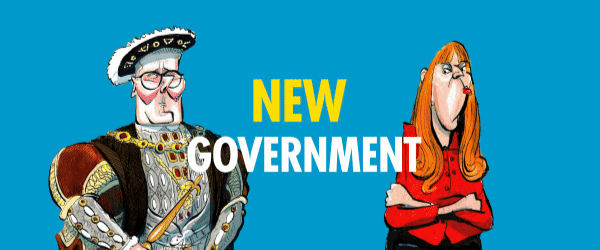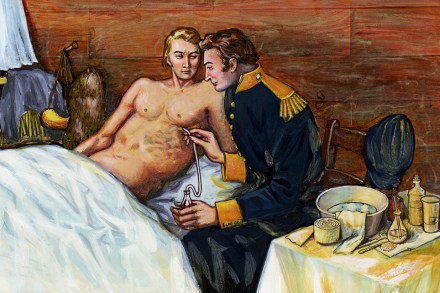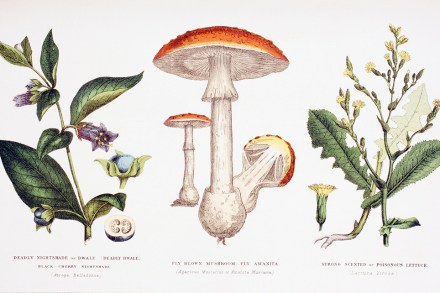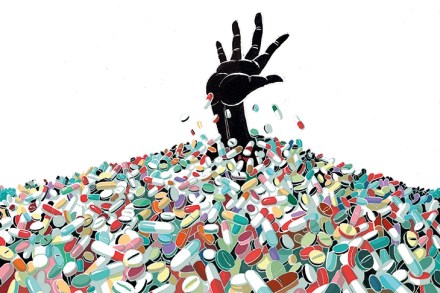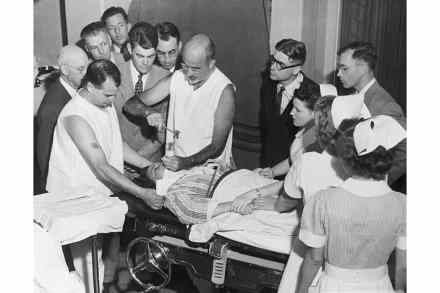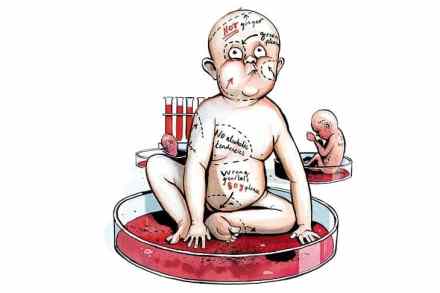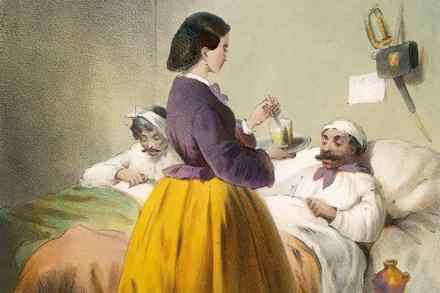When the local wizard was the repository of all wisdom
What do you do when one of your possessions goes missing? Search behind the sofa cushions? Ask other members of the household where they put it? If you lived in Renaissance England, there’s a chance you would have consulted a local magician for advice, especially if the lost item was of value. In the absence of police to investigate theft or insurance to cover a loss, a wizard tracing the item seemed like a fair choice. Nor was it the entirely foolish idea it might seem now. In a time when belief in magic was widely held, making it known that a magician was on the case could prompt a

